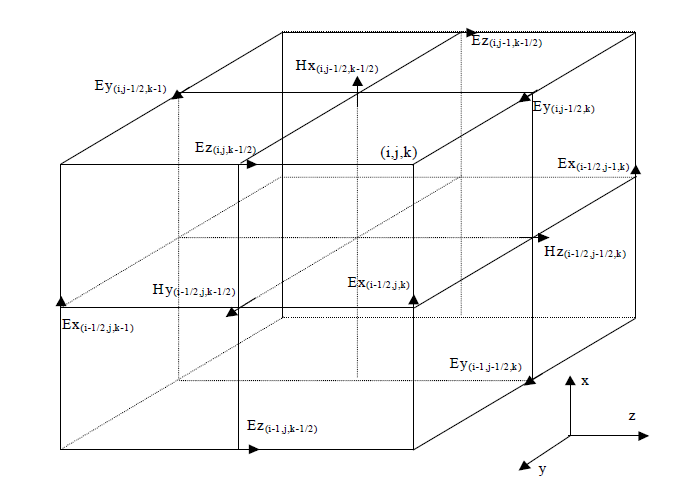

In addition to a large computational size, another major challenge for all these methods is the highly resonant nature of these antennas, loops or inverted-L's, which makes the overall problem ill-conditioned. Predictions are sometimes compared with each other and/or with measurements. These include the finite-difference time-domain (FDTD) method, the finite element method (FEM) and the method of moment (MoM), specifically the NEC4 code. In this paper, three different numerical methods are presented to predict the input impedance and radiation patterns of scaled HF antennas mounted on a scaled helicopter model. The reason is twofold: first, there are many parameters that could be possibly varied second, accurate numerical methods which can handle large computational problems must be implemented.
#Fem vs fdtd free
N2 - To first analyze and eventually try to achieve an optimum design of an HF antenna on a helicopter in free space is a difficult task. T1 - Full-wave analysis of HF antennas on helicopters using the FDTD, FEM & NEC The advantages and disadvantages of each method, in relation to the analysis of HF antennas in the presence of geometrically complex structures, are emphasized.",

The advantages and disadvantages of each method, in relation to the analysis of HF antennas in the presence of geometrically complex structures, are emphasized.Ībstract = "To first analyze and eventually try to achieve an optimum design of an HF antenna on a helicopter in free space is a difficult task. To first analyze and eventually try to achieve an optimum design of an HF antenna on a helicopter in free space is a difficult task.


 0 kommentar(er)
0 kommentar(er)
